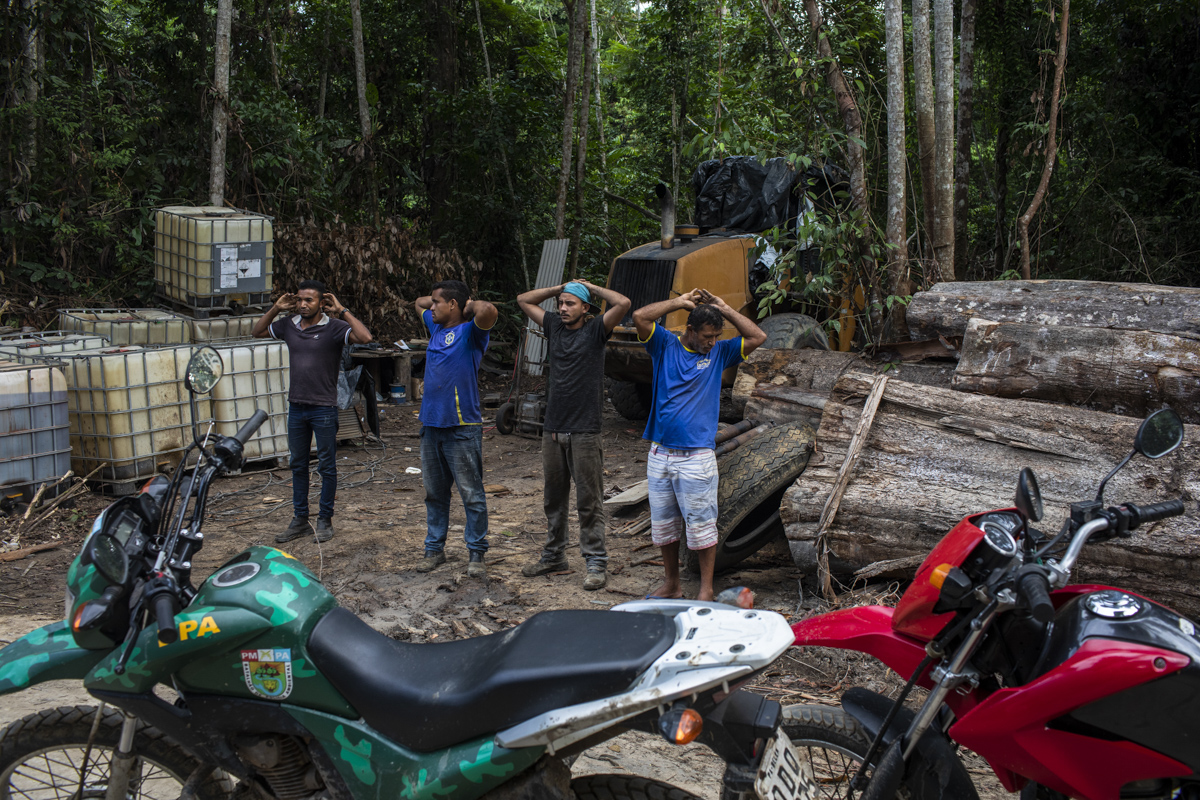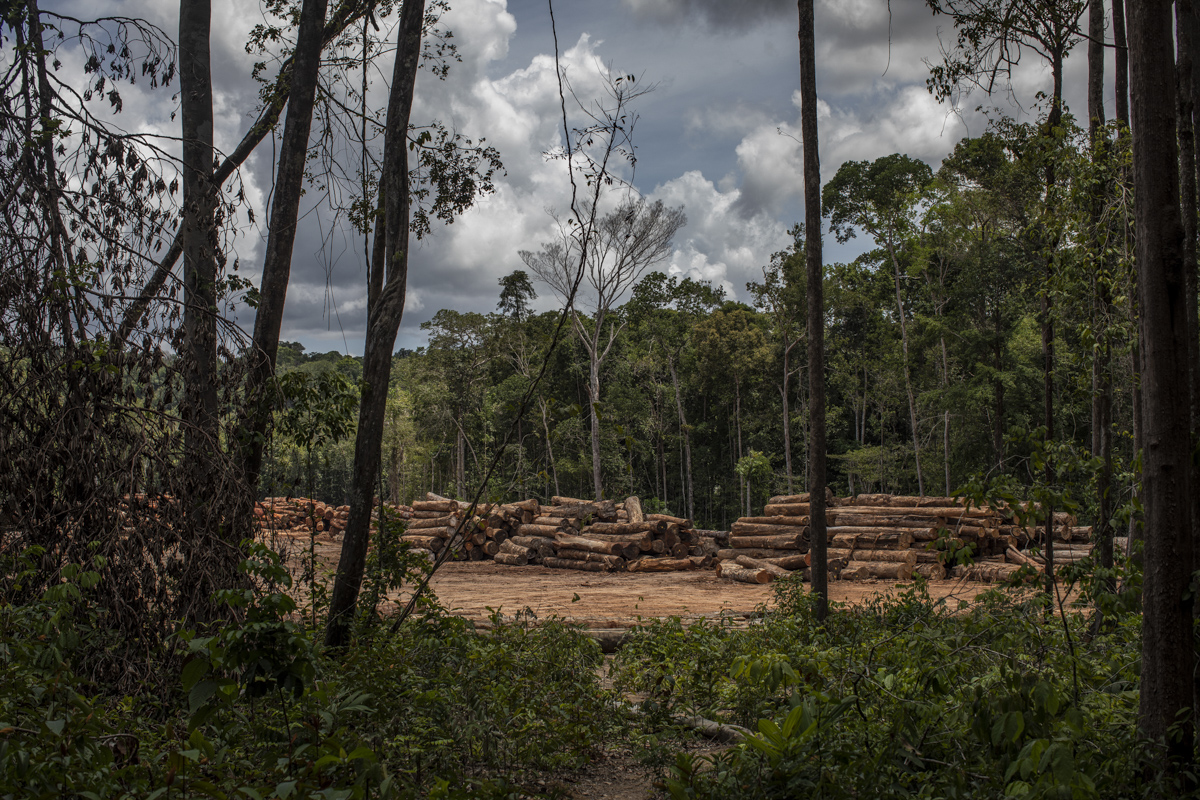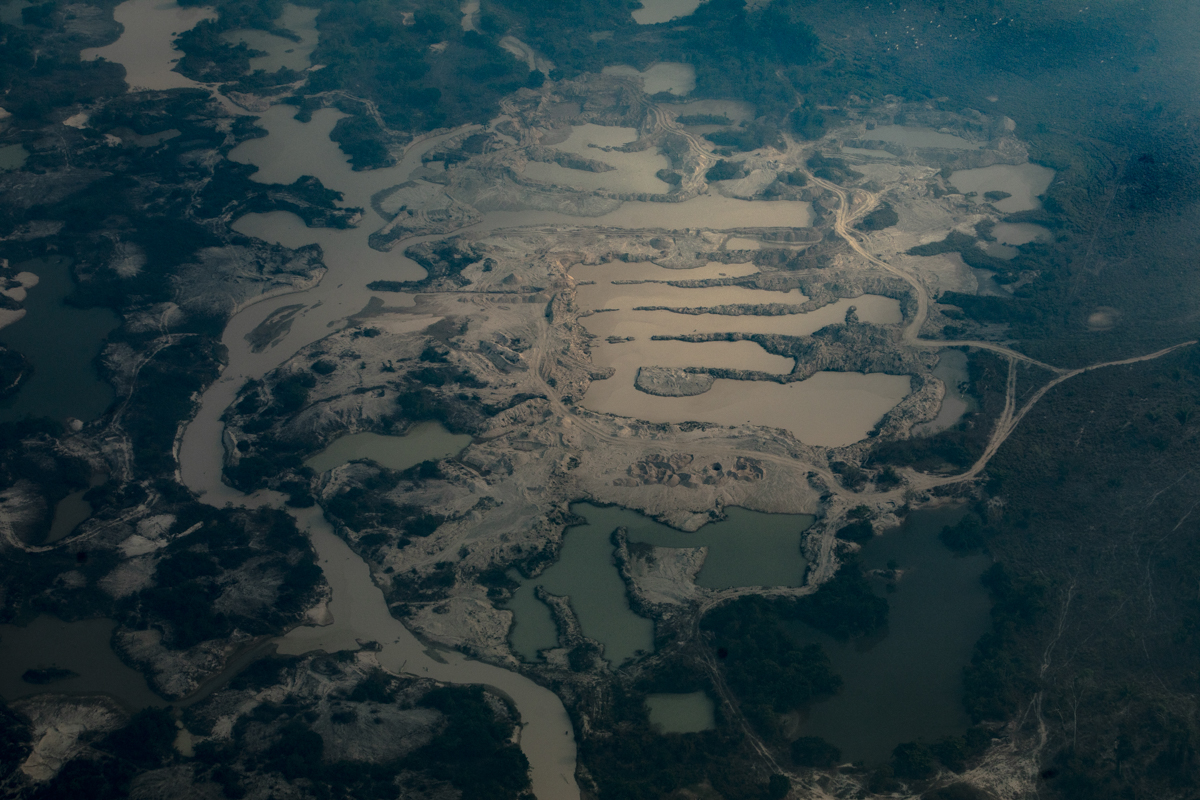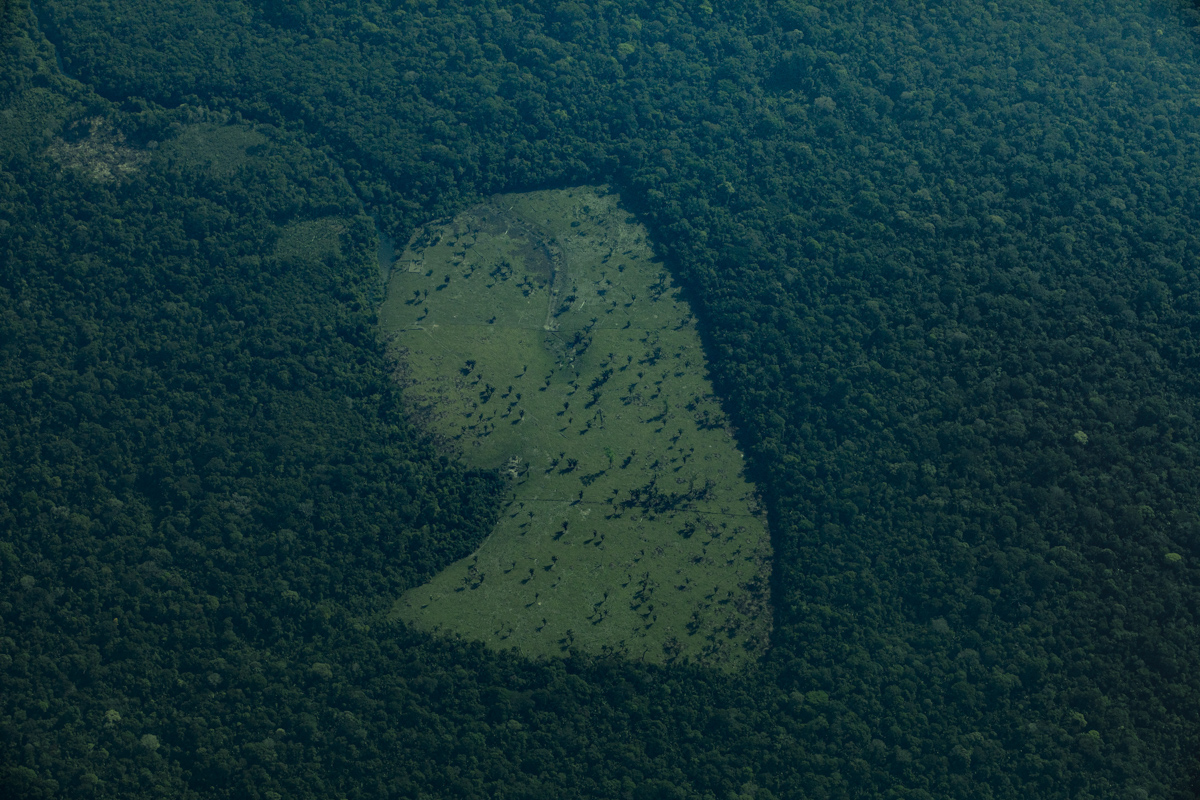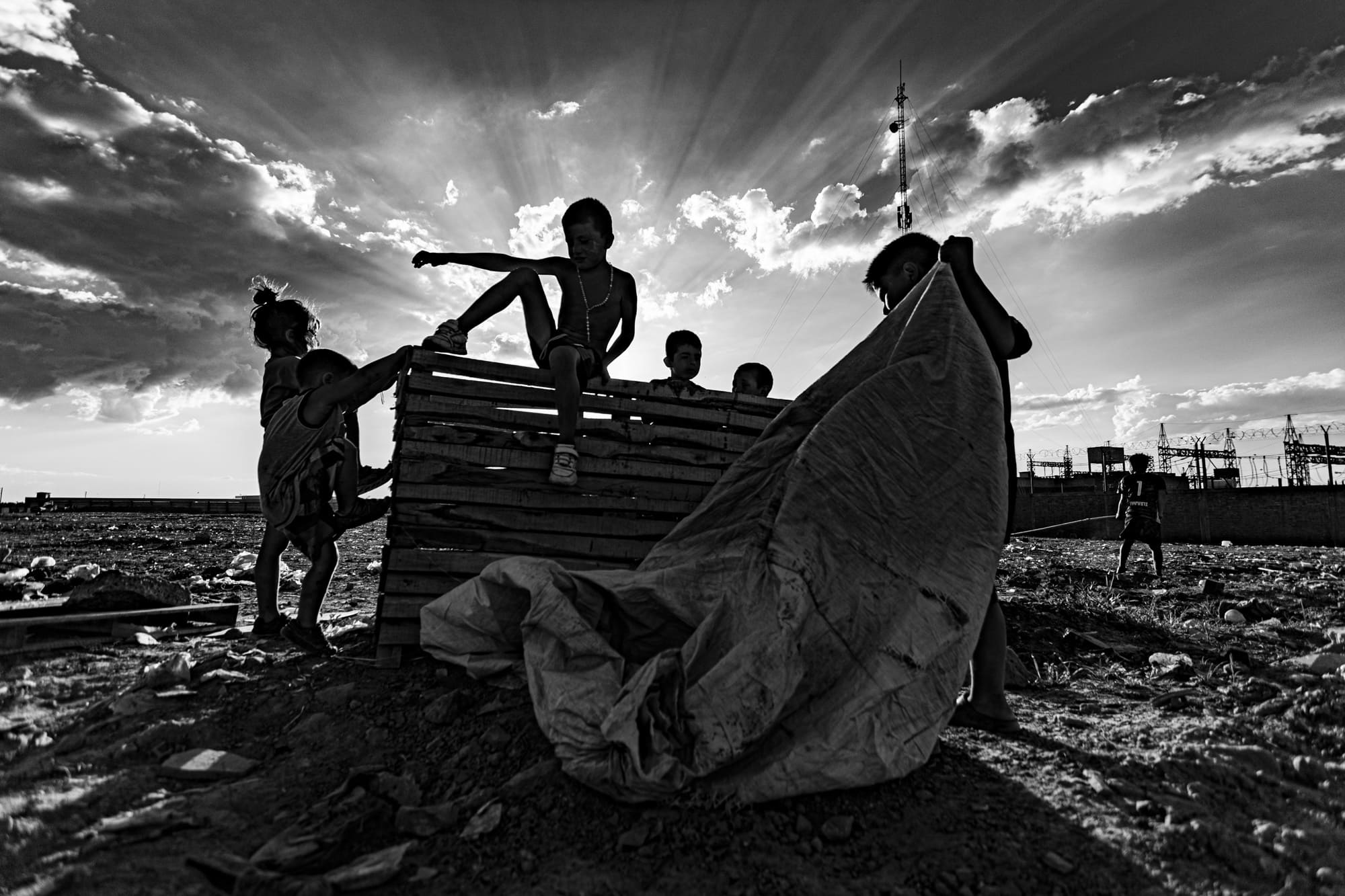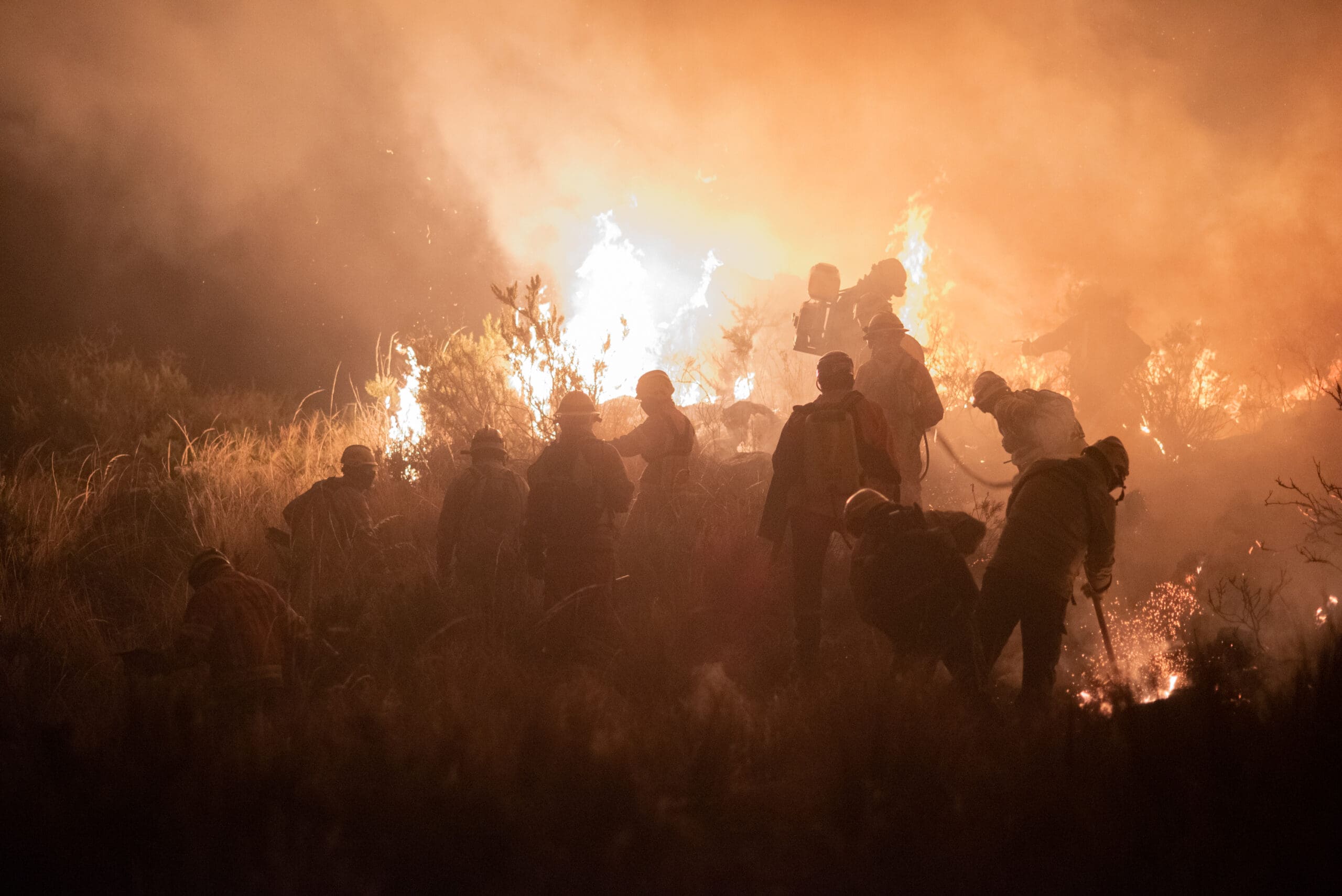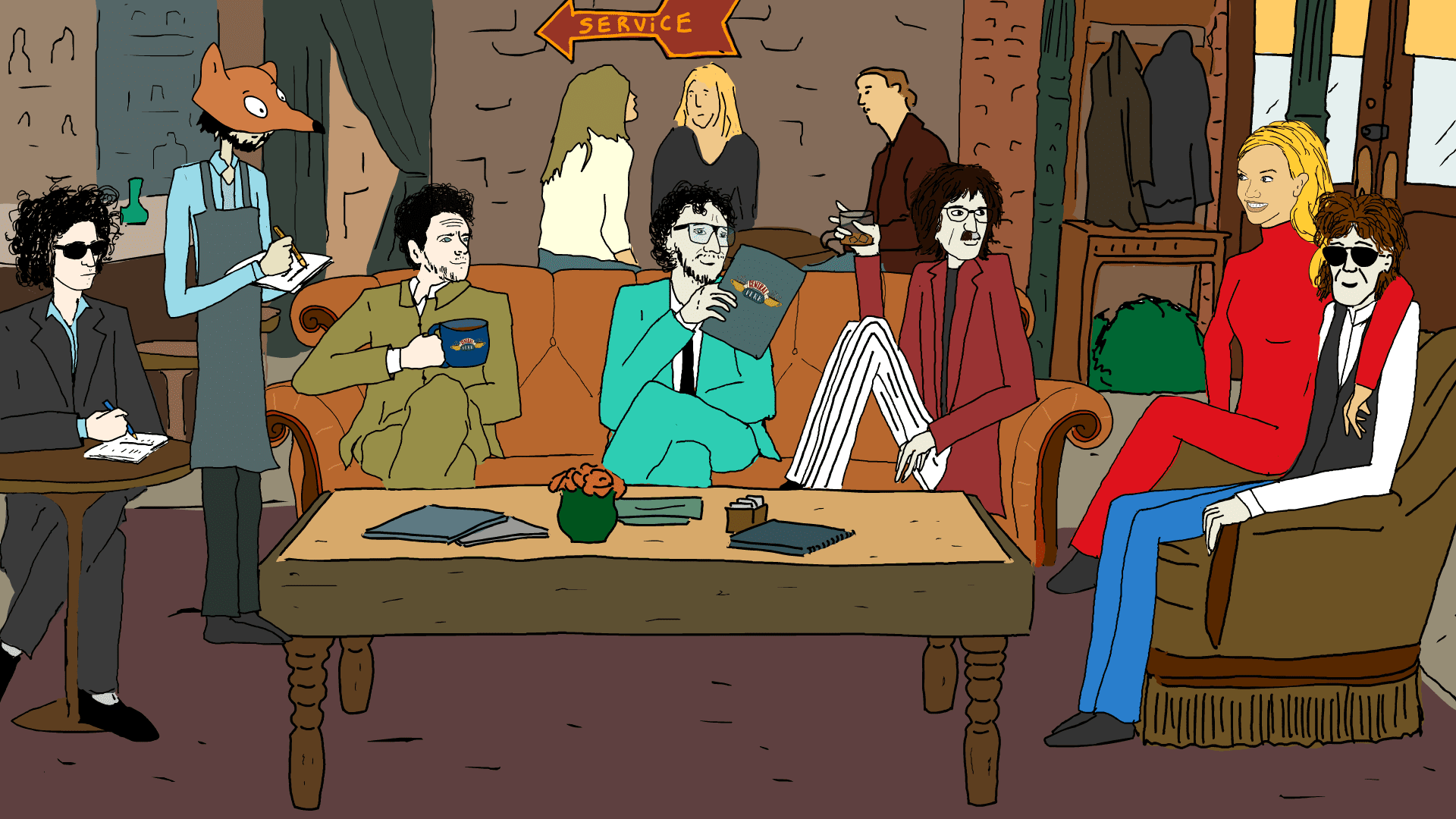How does the fall of an ancient tree sound in the Amazon forest? Imagine the closed jungle. Hundreds of sounds of animals and insects, thousands of plants and trees intertwined. A chainsaw cuts a specimen about a hundred meters. The trunk is thicker than the men who attack it. At some point it falls. There is a crash. From the ground, when a tree falls, you can understand the extent of it, not only because it rumbles and everything seems to be silent for a second: also because the highest and thinnest branches hit the ground like a whip. The fact can be described, but what it produces may not. Photographer Victor Moriyama says it creates a pain that cannot be put into words.
2019 was the year with the most fires and losses of tropical forest in the Brazilian Amazon. And it was also the year that Victor spent the most time in the jungle: two whole months, with barely a break in between, covering the ecological catastrophe for the New York Times. In his photos there are many of those scenes of pain: a burning log, another about to fall, one in a lumberyard, a part of the devastated tropical forest. Victor says that when he walks there he feels part of something bigger, that the jungle embraces him and speaks in his ear. And since there are not enough words to name, he takes pictures.
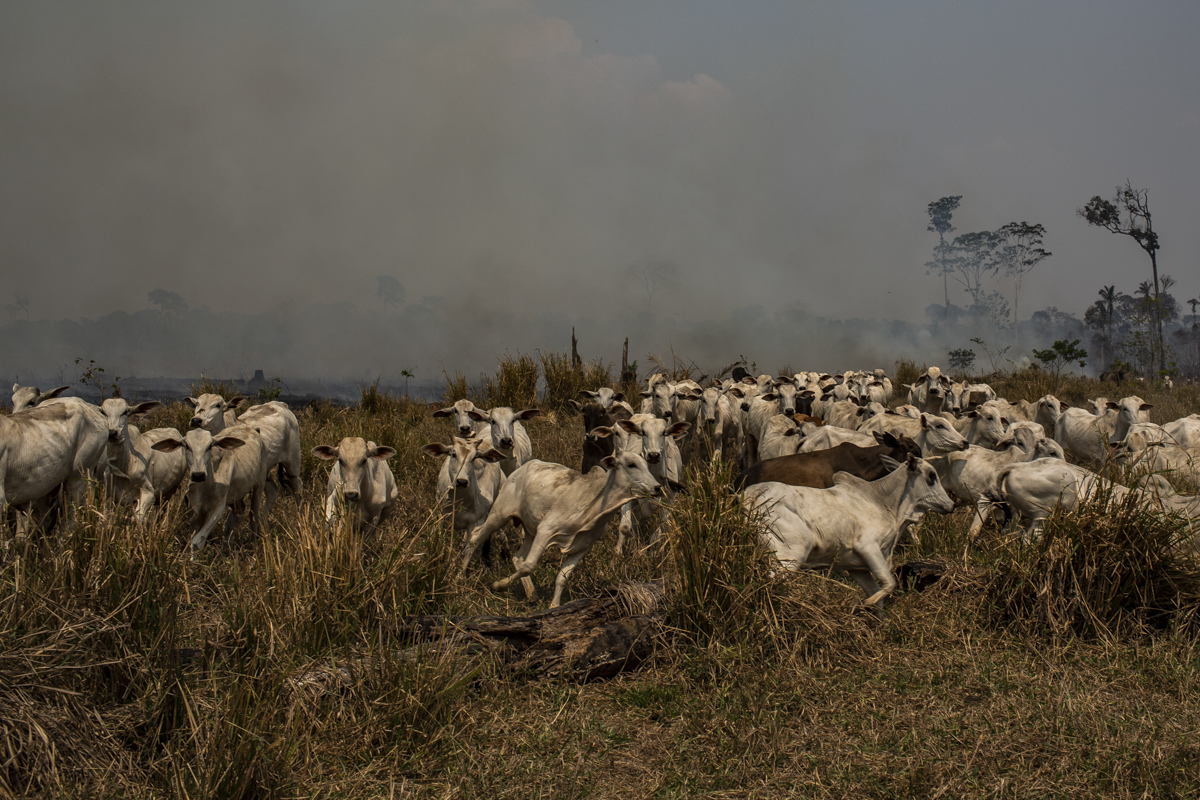
How did you get to the Amazon?
Since I was a child I liked traveling through nature. I am a lover and defender of nature and normally my work is linked to being a climate activist. All questions about climate change interest me very much. The problem of deforestation in the Amazon has been going on for many years, but 2019 was like a bomb. The New York Times asked me for a special report and it was very strong for me because it was two months working in the Amazon, truly a privilege. I worked for a month, I went to my house for a week to rest and I came back for another month and something else. In all that time I tried to photograph deforestation, gold mining, soybeans, livestock for export to China, Europe or the United States.
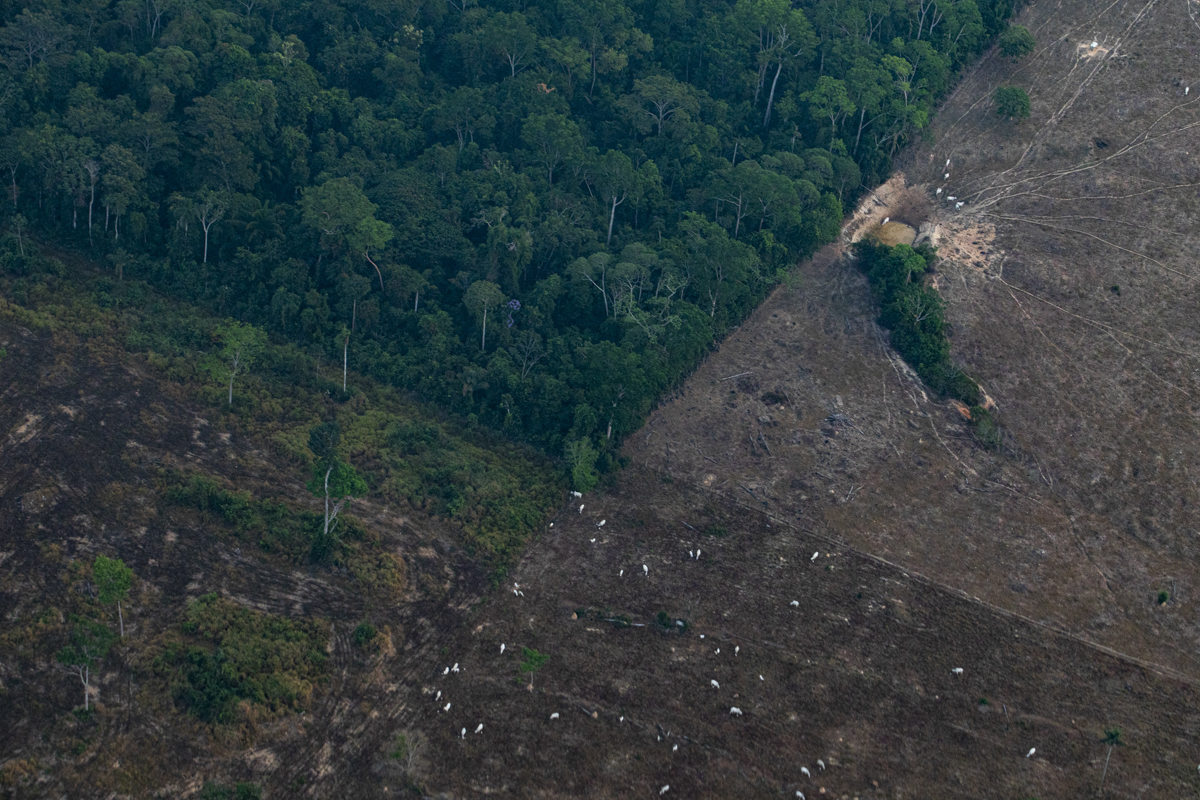
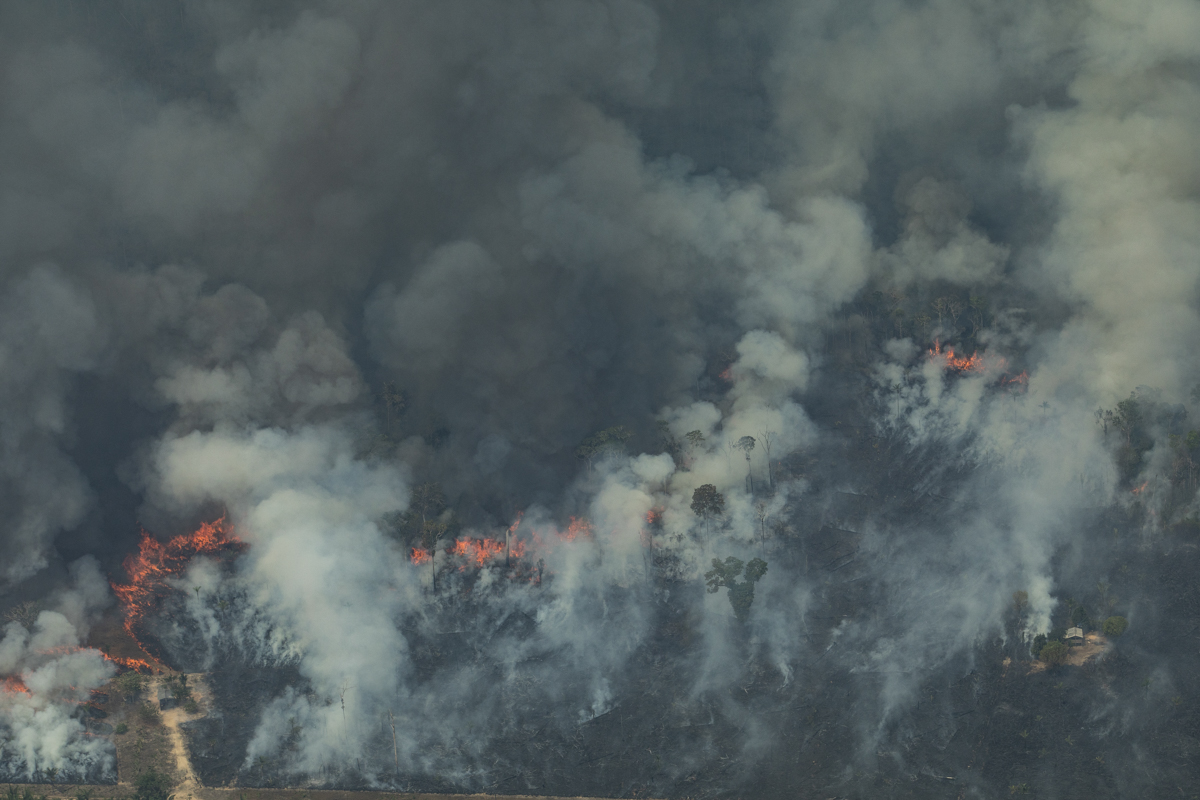
There are two of your images that are very impressive. One is of two workers with a huge log in a factory. The other is one of a worker with a chainsaw cutting a beautiful tree.
That was very harsh and violent because it is something that few people are used to seeing. It is something very strong, the impact is something that leaves me speechless because the sound is tremulous. Huge pain is felt because the Amazon is bleeding and crying blood. They are killing it.
Most people live in big cities like São Paulo, Barcelona, Tokyo, New York or wherever, and that makes them unrelated to nature. When there is no relationship with something close, beyond whether there is a link, we are no longer interested. If we look at the deforestation numbers, they are a nightmare because it is growing year by year and we are very close to the point of no return. If it continues like this, we will not be able to recover it.
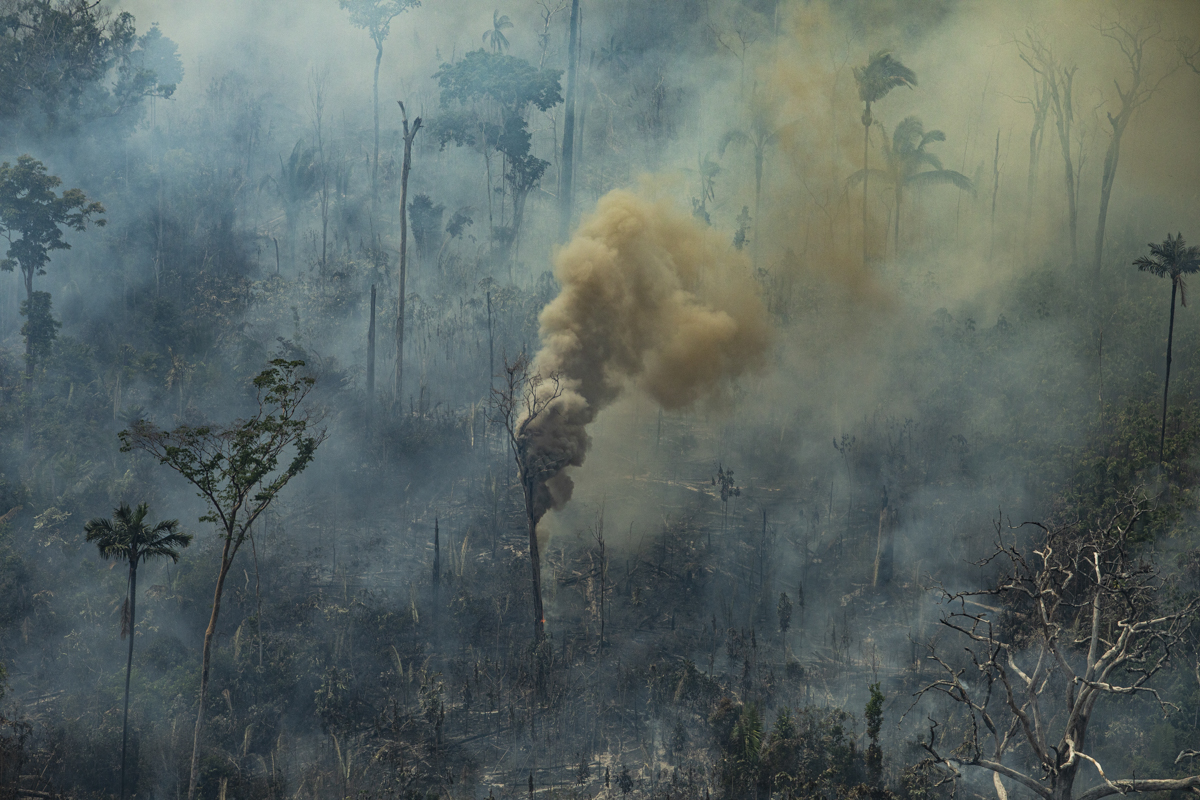
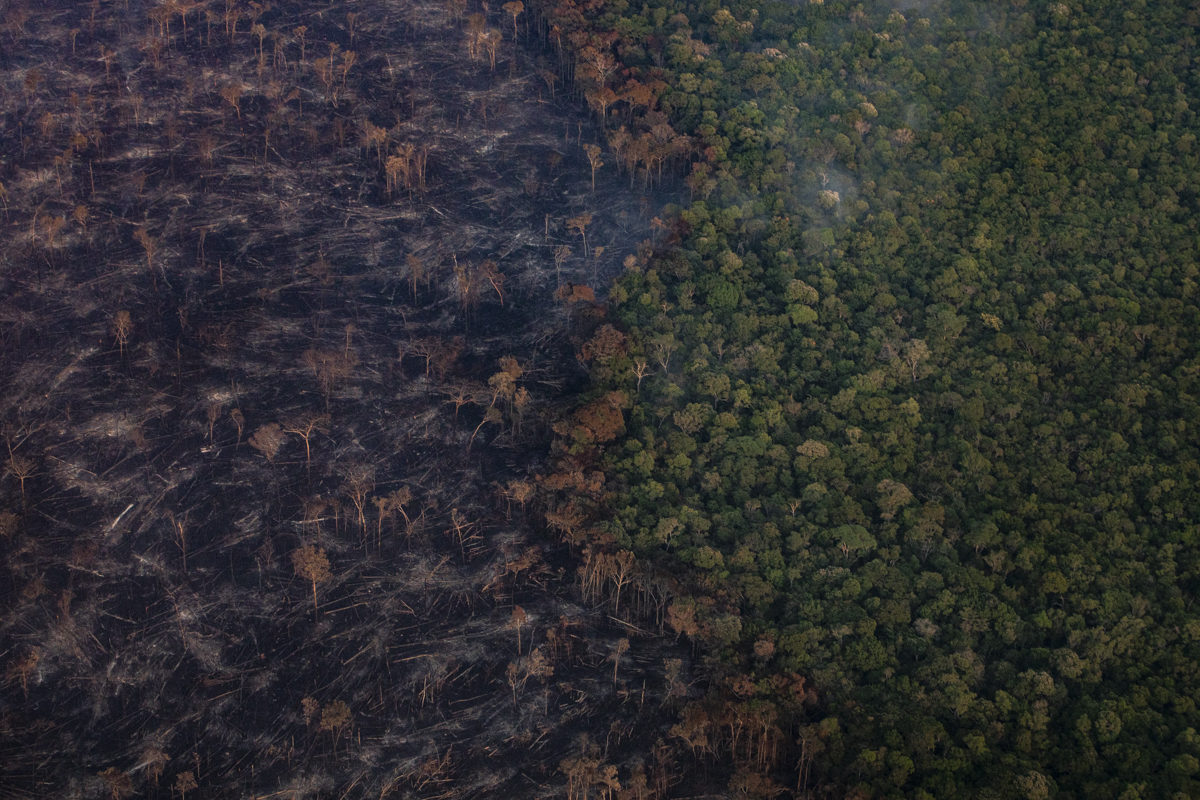
What do you think is your role as a photojournalist on that stage?
I think the objective of journalism and photojournalism is precisely to show, to allow people the opportunity to see what happens. It seems like a spiritual mission to me. I was in the Amazon for 15 days to show what happens with fire. Seeing the fire very close is very hard because, in addition to being very dangerous, there is something very clear that is spiritual, something that I carry in my head and my thoughts. Like a voice that tells me: “Victor, your work is here, you have to be here.” It is a life purpose. Hopefully people can be sensitized.
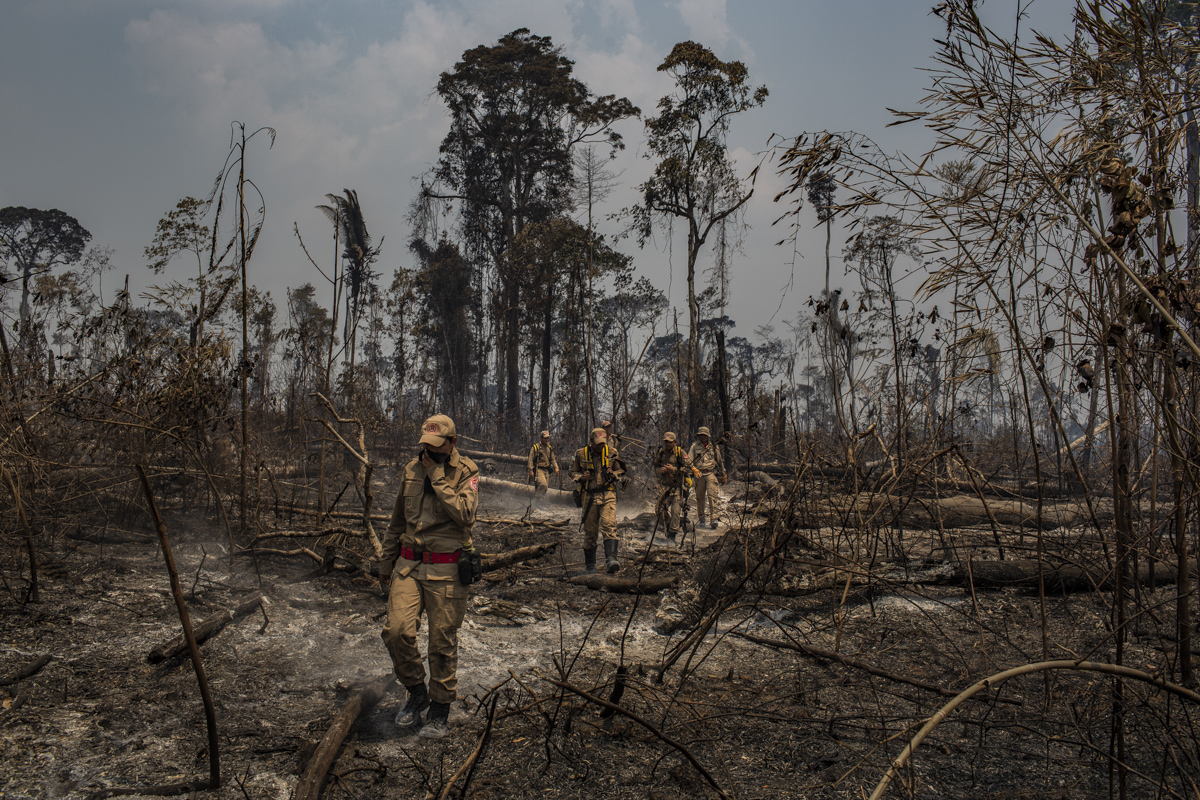
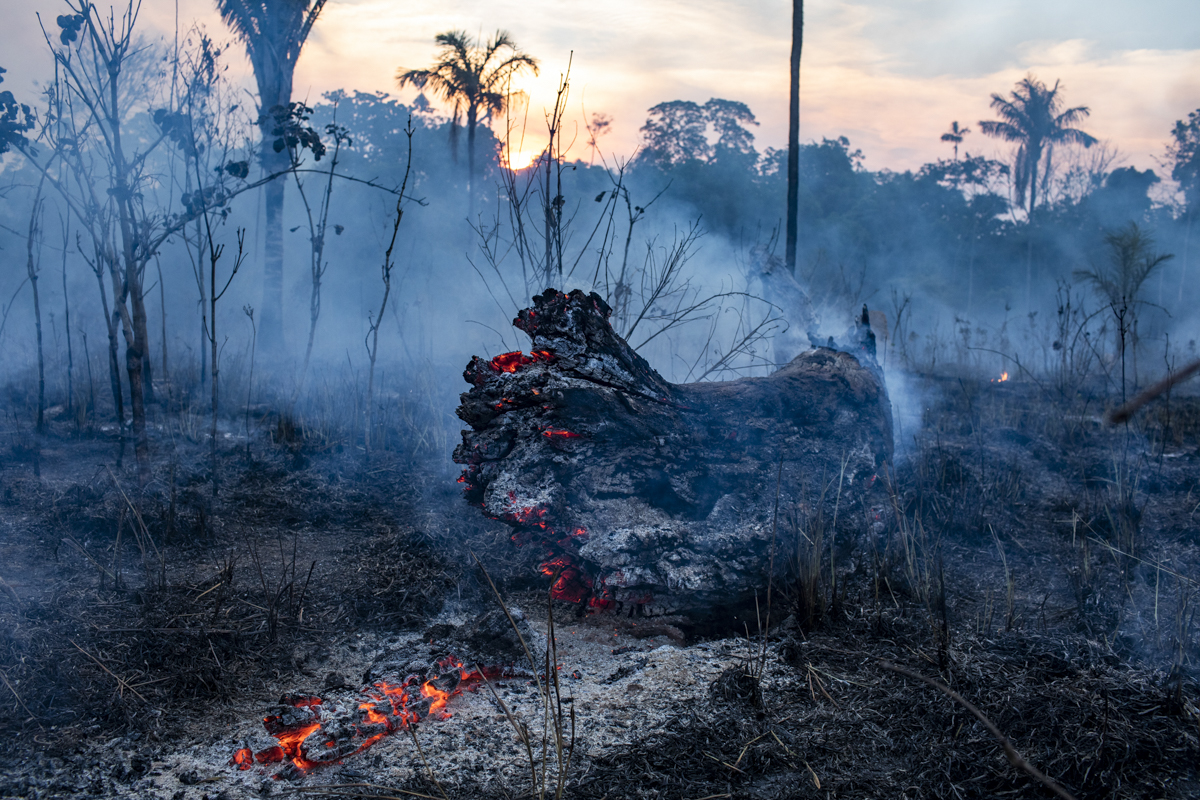
Do you work with other photographers?
I’m part of an Instagram collective called @everydayclimatechange, which is a group of photographers working on climate change. And last year I had the idea of creating “Amazon Stories” on Instagram. A proposal very close to @everydayclimatechange, but it is a community of photographers from South America who work in the Amazon. When I created this account, I started talking to photojournalist colleagues from Brazil and Colombia to post photos in this project. What I am looking for is that people understand what is happening so we can ask the Government and companies to stop a little.
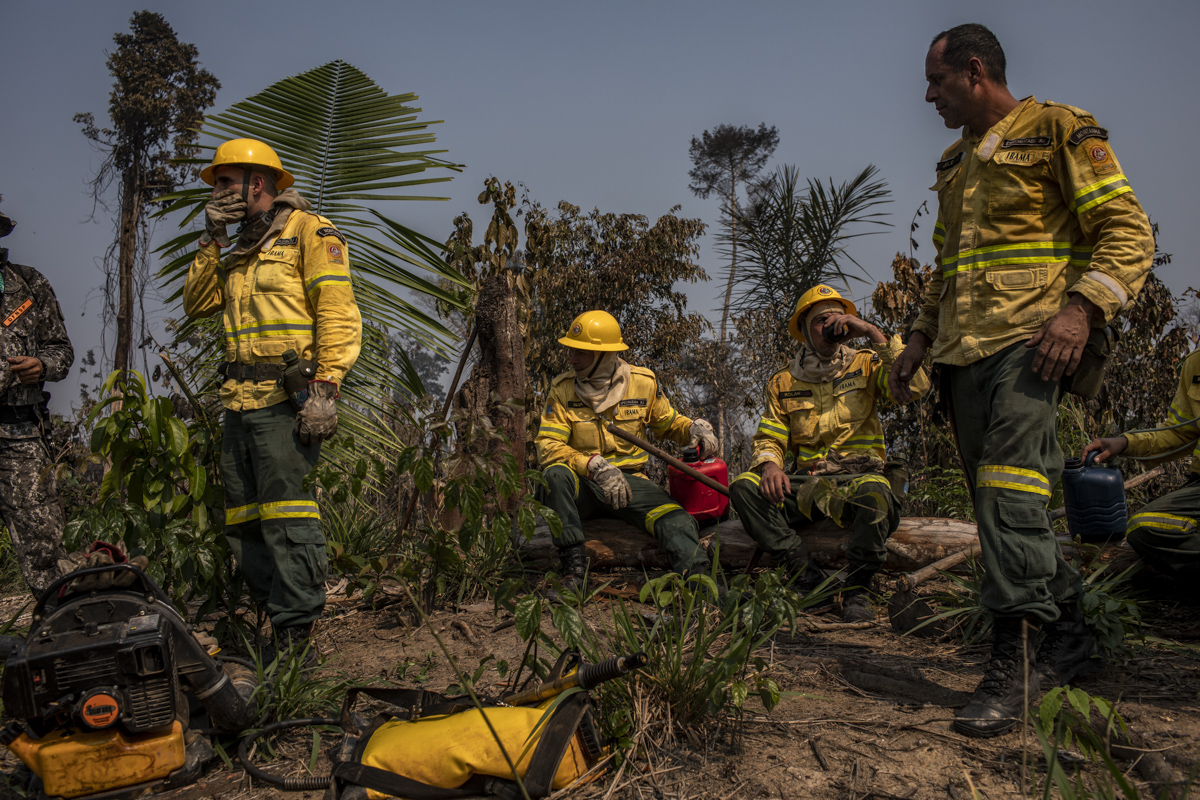
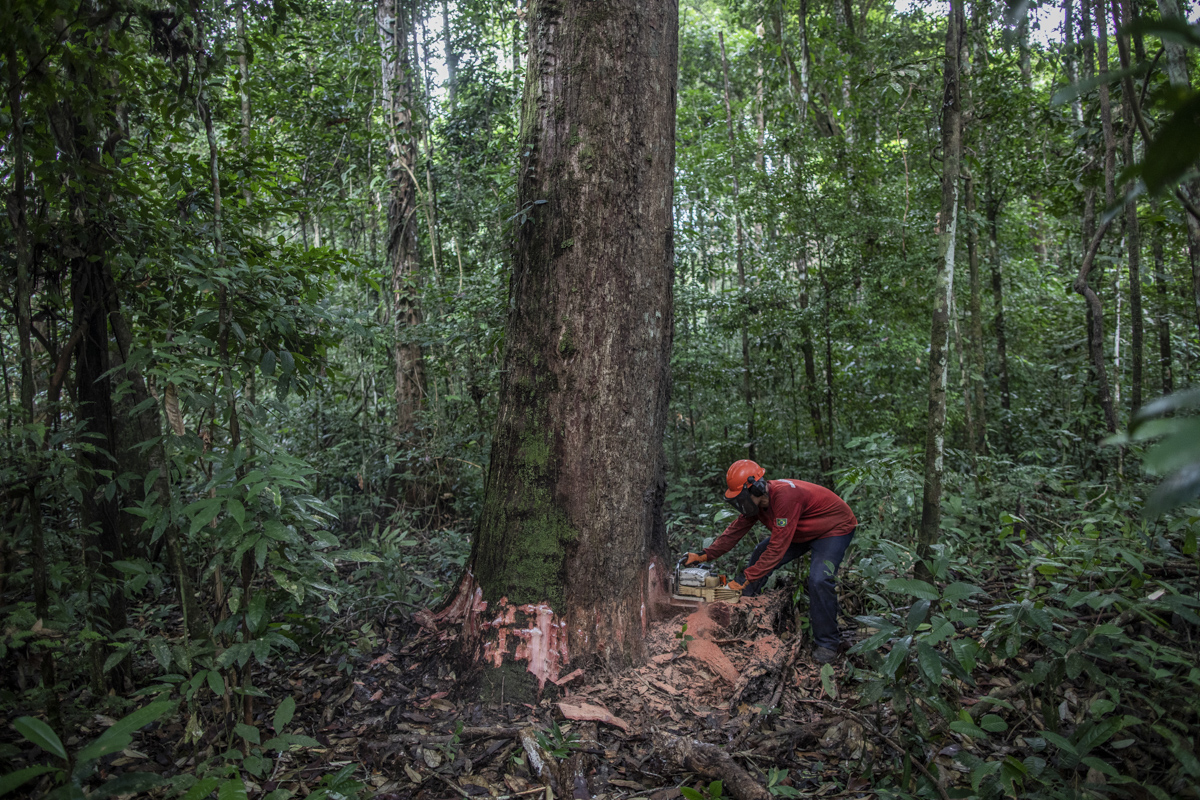
With this experience, did your way of thinking about photography change?
In November of last year I was with the Yanomami, who are the indigenous people who have the largest regularized territory in Brazil. They are a group that is under great pressure from illegal mining. They are on the border with Venezuela, in a very remote place. To get there you have to go by plane or walking for four or five days. Now I am editing a book on deforestation, I have just started and something I think about a lot is how they conceive the jungle. They are considered part of the whole: they are integrated into the jungle and there is no division. Everything is interconnected: us, the animals, the gods. And it seems to me that capitalism does not respect that immensity of nature. They say: “we have machines, let’s kill everything.”
The way I see spirituality is very close to the idea in which they live. They have a book The Falling Sky: Words of a Yanomami Shaman, is about when the sky falls on us white men. It is helping me a lot not, because I want to have an indigenous vision -because I am not- but neither a photographer’s vision à la Sebastião Salgado, very portfolio. I am thinking of more authorial images, with another look.
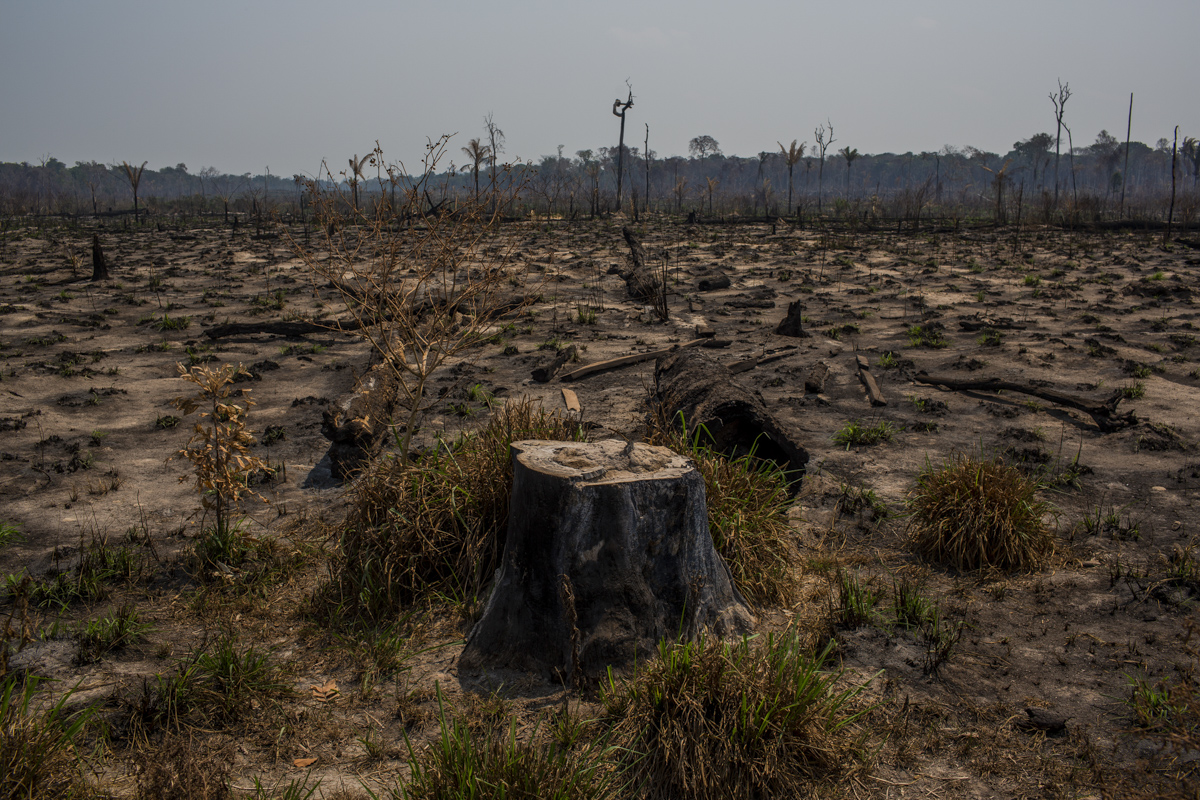
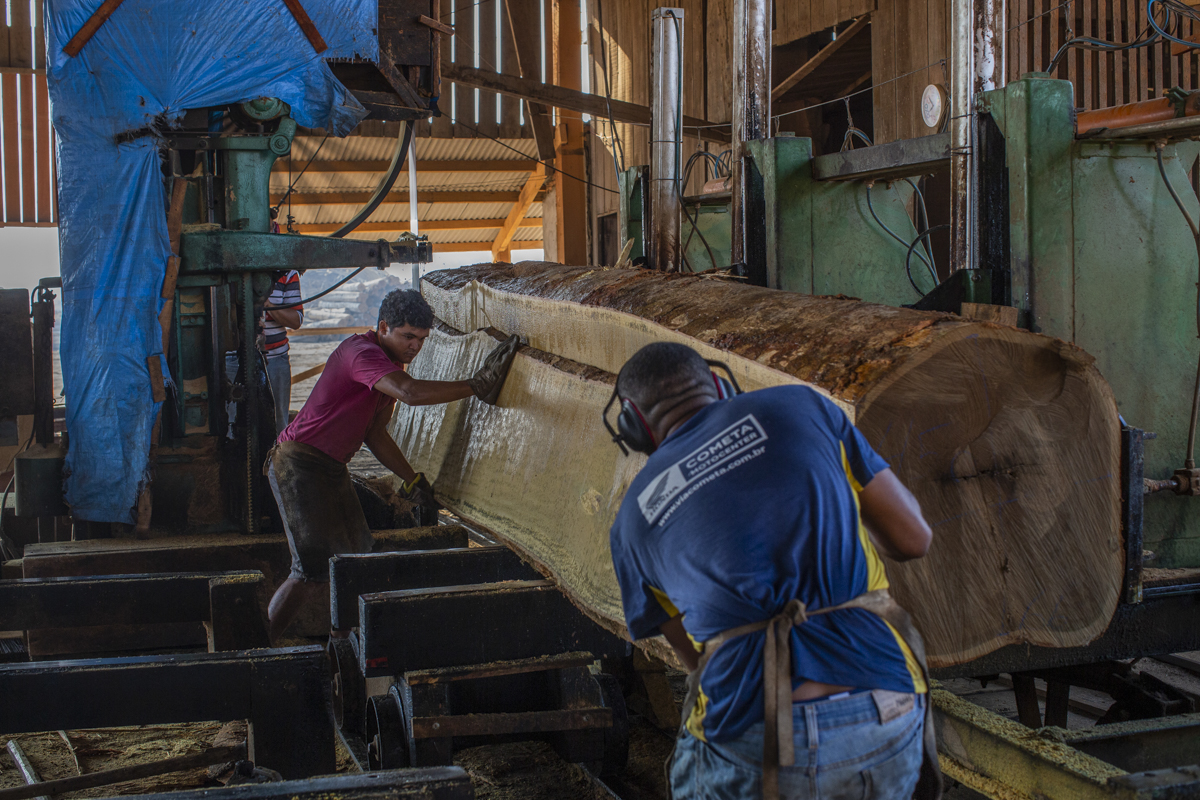
It gives the feeling that the Amazon has caught you.
When I got to the jungle I saw something so great, something that leaves me speechless because it is so strong: the huge trees, the animals you see and the sounds. It’s all so alive and it’s so strong that I feel like it’s like a symphony orchestra. It is fascinating. Then I arrive and let the jungle embrace me. It is so immense that I feel small and it generates a deep respect in me for everything that the jungle itself and the animals are going through. I have this feeling of being part of the Amazon. Also for the dreams I have when I’m in the jungle. Dreams are magical, completely different from the dreams we have in the city. And that for me is a privilege.
Some of Victor’s work can be seen on the platform The Amazon We Want
